I have observed a very strange behavior when tuning SVM parameters with caret. When training a single model without tuning, SVM with radial basis kernel takes more time than SVM with linear kernel, which is expected. However, when tuning SVM with both kernels over the same penalty grid, SVM with linear kernel takes substantially more time than SVM with radial basis kernel. This behavior can be easily reproduced in both Windows and Linux with R 3.2 and caret 6.0-47. Does anyone know why tuning the linear SVM takes so much more time than the radial basis kernel SVM?
SVM linear
user system elapsed
0.51 0.00 0.52
SVM radial
user system elapsed
0.85 0.00 0.84
SVM linear tuning
user system elapsed
129.98 0.02 130.08
SVM radial tuning
user system elapsed
2.44 0.05 2.48
The toy example code is below:
library(data.table)
library(kernlab)
library(caret)
n <- 1000
p <- 10
dat <- data.table(y = as.factor(sample(c('p', 'n'), n, replace = T)))
dat[, (paste0('x', 1:p)) := lapply(1:p, function(x) rnorm(n, 0, 1))]
dat <- as.data.frame(dat)
sigmas <- sigest(as.matrix(dat[, -1]), na.action = na.omit, scaled = TRUE)
sigma <- mean(as.vector(sigmas[-2]))
cat('\nSVM linear\n')
print(system.time(fit1 <- train(y ~ ., data = dat, method = 'svmLinear', tuneLength = 1,
trControl = trainControl(method = 'cv', number = 3))))
cat('\nSVM radial\n')
print(system.time(fit2 <- train(y ~ ., data = dat, method = 'svmRadial', tuneLength = 1,
trControl = trainControl(method = 'cv', number = 3))))
cat('\nSVM linear tuning\n')
print(system.time(fit3 <- train(y ~ ., data = dat, method = 'svmLinear',
tuneGrid = expand.grid(C = 2 ^ seq(-5, 15, 5)),
trControl = trainControl(method = 'cv', number = 3))))
cat('\nSVM radial tuning\n')
print(system.time(fit4 <- train(y ~ ., data = dat, method = 'svmRadial',
tuneGrid = expand.grid(C = 2 ^ seq(-5, 15, 5), sigma = sigma),
trControl = trainControl(method = 'cv', number = 3))))



